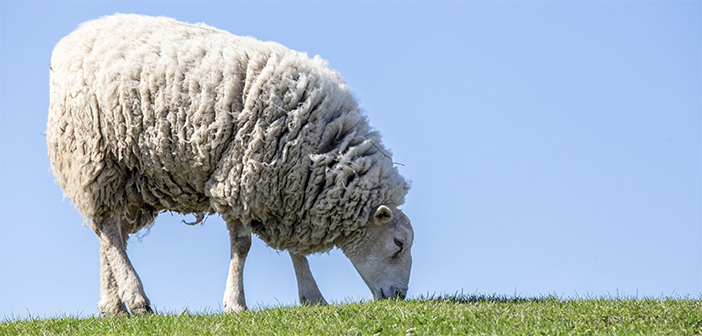Having a worm control plan is not just about having it written on a piece of paper, it is about having a three-way conversation between the farmer, vet and SQP, according to an animal health advisor.
Lesley Nichols, an SQP who works for Mole Valley Farmers, said the most useful plans are formed when there is communication between all three parties, and they work together towards sustainable parasite control.
She said: “We do paper plans, but some of the best plans are when there is communication between the SQP, vet and farmer. People tend to think having a worm plan is about writing a strategic plan on a bit of paper, but we all know farming isn’t like that.”
Developing a plan boils down to understanding what is happening on individual farms at key points in the year, as well as the farm structure and management, facilities available, and being aware of any resistance issues.
Mrs Nichols said getting out to farm at key points in the year is critical to establish what is happening on the ground to inform conversations around worm control planning.
The most important times include:
- Pre-lambing;p
- Spring or when lambs are 4-6 weeks old;
- May-June to assess fly control and worms; and
- Pre-tupping.
On-farm it is important to review a worm control plan to assess what has or has not been successful and update it at least annually.
FEC tests
Conducting faecal egg count (FEC) tests during these times will help to build up a picture of which parasites are posing an issue, to determine the need to worm and highlight certain pastures that may be more at risk at key times.
Mrs Nichols added: “As a gold standard, we would recommend conducting faecal egg count tests in lambs every 3-4 weeks throughout the grazing season.
“It costs about £9.95 for a sheep test, which is money well spent considering it may save in wormer costs if they aren’t required. Importantly though, it will help us prescribe the most suitable wormer at that time and reduce the resistance pressure through unnecessary treatments.”
Faecal egg count testing is something Mrs Nichols hopes more farmers will adopt with about half of her customers currently using it.
She said: “FEC tests have got to be part of a worm plan to give you an accurate understanding as to what is happening on that farm. They ensure a targeted approach to worm control, treating the right parasite, at the right time and with the right product.
“When farmers come in-store and ask to buy a specific wormer, I will ask them if they have conducted a FEC test. It’s important we get more farmers buying into the concept.”
Farm system
In addition to knowing the worm risk, Mrs Nichols said a plan should also consider the type of farm production system, as this can determine the suitability of a worming product.
She said: “If stock are not going to be on the farm long, then a product that has short meat withdrawal period would be advised.
“Likewise, when stock are going to be grazing away from the farm and handling during that time may be difficult, then a product that offers a longer duration of protection may be required.”
Other factors to consider when putting together a worm control plan include handling equipment, husbandry and grassland management.
Drench testing
Drench testing is also something farmers need to be thinking about to identify any anthelmintic inefficacy.
Mrs Nichols said: “You can’t start talking about a worm control programme if you don’t know the level of resistance. It is good to have this information early to avoid production losses from ineffective treatments throughout the season.
“Normally, the first point farmers will realise they have a resistance issue is when the product they are using isn’t working. This can be avoided if post drench FEC tests are conducted.”
Mrs Nichols stressed the importance of using wormers responsibly.
“I want a long-standing relationship with my customers. At the forefront of our minds has got to be looking after the resistance issue,” she said.
Responsible use of moxidectin
Last year, the Sustainable Control of Parasites in Sheep (SCOPS) group and Zoetis issued a statement about the use of moxidectin in ewes at lambing time, with the priority to reduce over-treatment and to help preserve it as an anthelmintic for worms.
To do this, farmers should have a worm control plan in place and follow the SCOPS Principles, said Zoetis vet Ally Anderson.
She added: “In practice, this means sheep farmers working with whoever prescribes their anthelmintic, be it their vet or SQP, to avoid over and/or unnecessary use of moxidectin, ensuring the treatment is always given at the right dose rate and administered correctly and allowing some worms to remain unexposed to the treatment.
“It is vital we look after these products to ensure their future use.”


